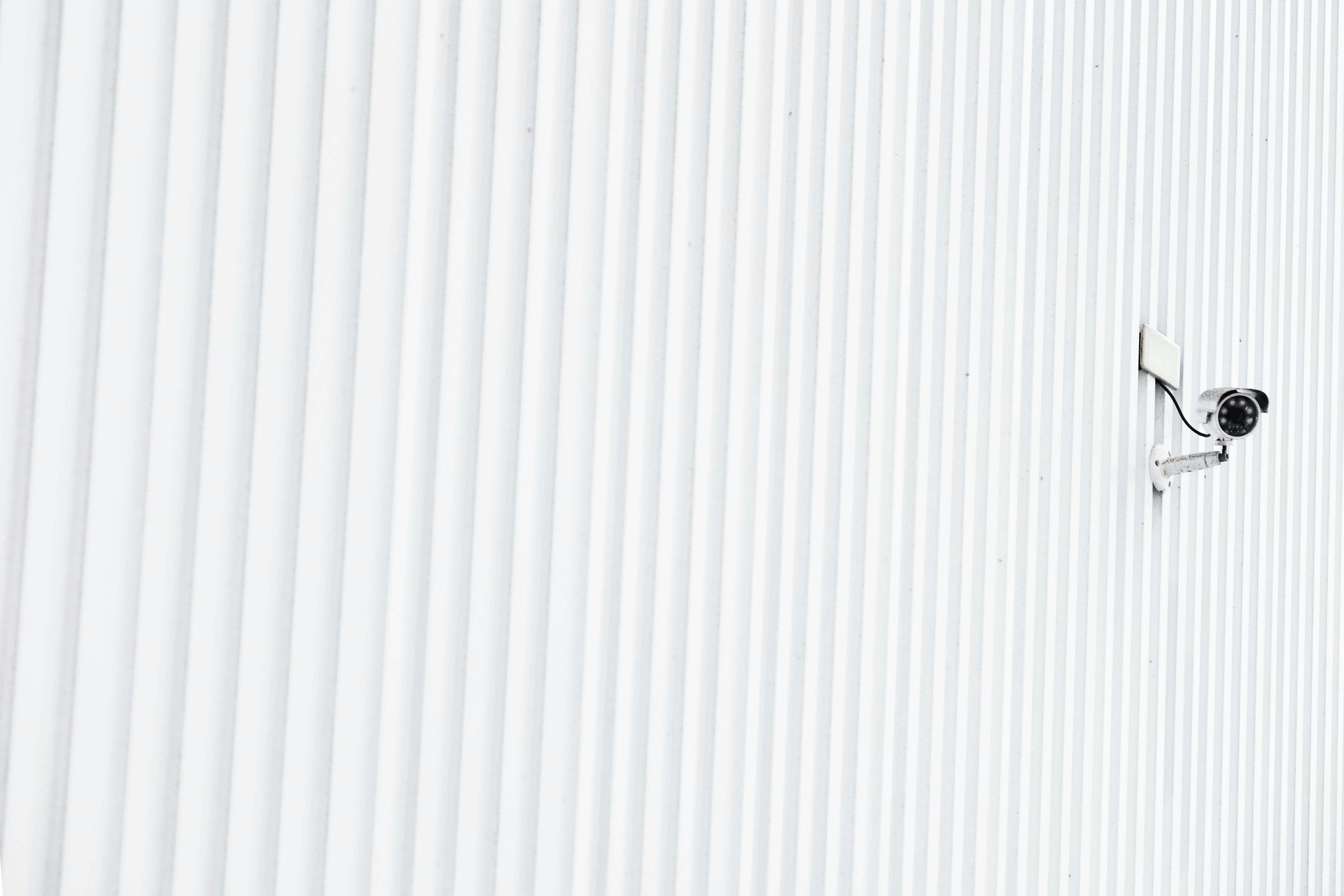Securing a large home presents unique challenges. While a single camera and a basic alarm may be enough for a small apartment, expansive properties often have multiple vulnerable points that can’t be covered by a minimal setup. The key is to scale up strategically, creating a layered, integrated system that keeps every access point in sight and working together.
This guide walks you through smart camera placement, the right technology choices, and layered security measures to eliminate blind spots and give you complete confidence in your home’s protection.
The Foundation: Strategic Camera Placement
Before you buy a single camera, you need a plan. The most common mistake is assuming a few cameras are enough. To truly eliminate blind spots, think like an intruder.
- Vantage Points Are Key: Place cameras at all entrances and exits, including front and back doors, side doors, and ground-floor windows. Don’t forget less obvious spots like utility access points and upper storey windows.
- Overlap Your Views: A camera’s field of view is finite. To prevent gaps, position cameras so their coverage slightly overlaps. If one camera is blocked or tampered with, another will still capture the event.
- Go High and Wide: For outdoor cameras, a mounting height of 2.4 to 3 metres is ideal. This makes them harder to reach and tamper with, while also providing a wide, unobstructed view. Indoors, use corners to maximise the field of view.
The Right Cameras for the Job
Not all cameras are created equal. For a large home, a mix of camera types is often the most effective solution.
- Wide-Angle & Panoramic Cameras: These are your workhorses. A single wide-angle camera can cover a large area like a driveway or open-plan living room, reducing the number of units you need. For even broader coverage, panoramic fisheye cameras provide a full 360-degree view, removing blind spots from a single vantage point.
- Pan–Tilt–Zoom (PTZ) Cameras: These allow you to monitor large spaces dynamically. You can remotely pan, tilt, and zoom to follow movement or focus on a specific detail. They’re ideal for large backyards or open foyers where you may need to adjust your view quickly.
Beyond the Lens: The Power of Layered Security
Cameras are just one part of a strong system. A layered approach combines visual surveillance with other physical and technological measures for complete coverage.
- Reinforce Entry Points: Lock all windows and doors, including those on upper levels. Reinforce doors with security hinge pins and long screws in the door jambs, and use blocking bars for sliding doors.
- Use Smart Sensors: Fit window and door sensors to alert you the moment a point of entry is breached. Motion detectors and glass-break sensors add a second layer of defence, triggering alarms or lights before a camera even records.
- Light It Up: Install motion-activated outdoor lights to deter anyone lurking in the dark. Keep bushes and trees trimmed near windows to remove hiding spots.
Common Mistakes That Create Blind Spots
Even with the best intentions, mistakes can compromise your security. Avoiding these pitfalls is as important as implementing best practices.
- Poor Placement: Direct sunlight or backlighting can wash out footage. Placing cameras too low makes them easier to tamper with, while obstructions like trees or walls create unmonitored entry points.
- Insufficient Coverage: Don’t assume your property is covered. Map every vulnerable point and ensure camera views overlap.
- Low-Quality Equipment: Poor resolution or weak night vision can render footage useless. For outdoor installation, use weatherproof models.
- Neglecting Maintenance: Clean lenses regularly, check for obstructions, and update your firmware and software to patch vulnerabilities.
Keeping your equipment in working order is essential—but even well-maintained devices are far more effective when they work together as a connected system.
Seamless Integration: The Key to a Smart System
The most effective security systems aren’t standalone devices. They’re unified ecosystems. By integrating cameras, sensors, and alarms, you can create a smart, responsive network.
For example, a triggered motion sensor can automatically command a camera to record and switch on an outdoor floodlight. This coordinated response means you can act immediately, without relying on chance or manual control.
Securing a large home requires more than just more cameras; it calls for a thoughtful, multi-layered strategy. By combining strategic camera placement, the right mix of technology, and integrated sensors and reinforcements, you can eliminate blind spots and respond to threats instantly.
The result? Peace of mind, knowing every corner of your property is protected by a system that works together, day and night.



